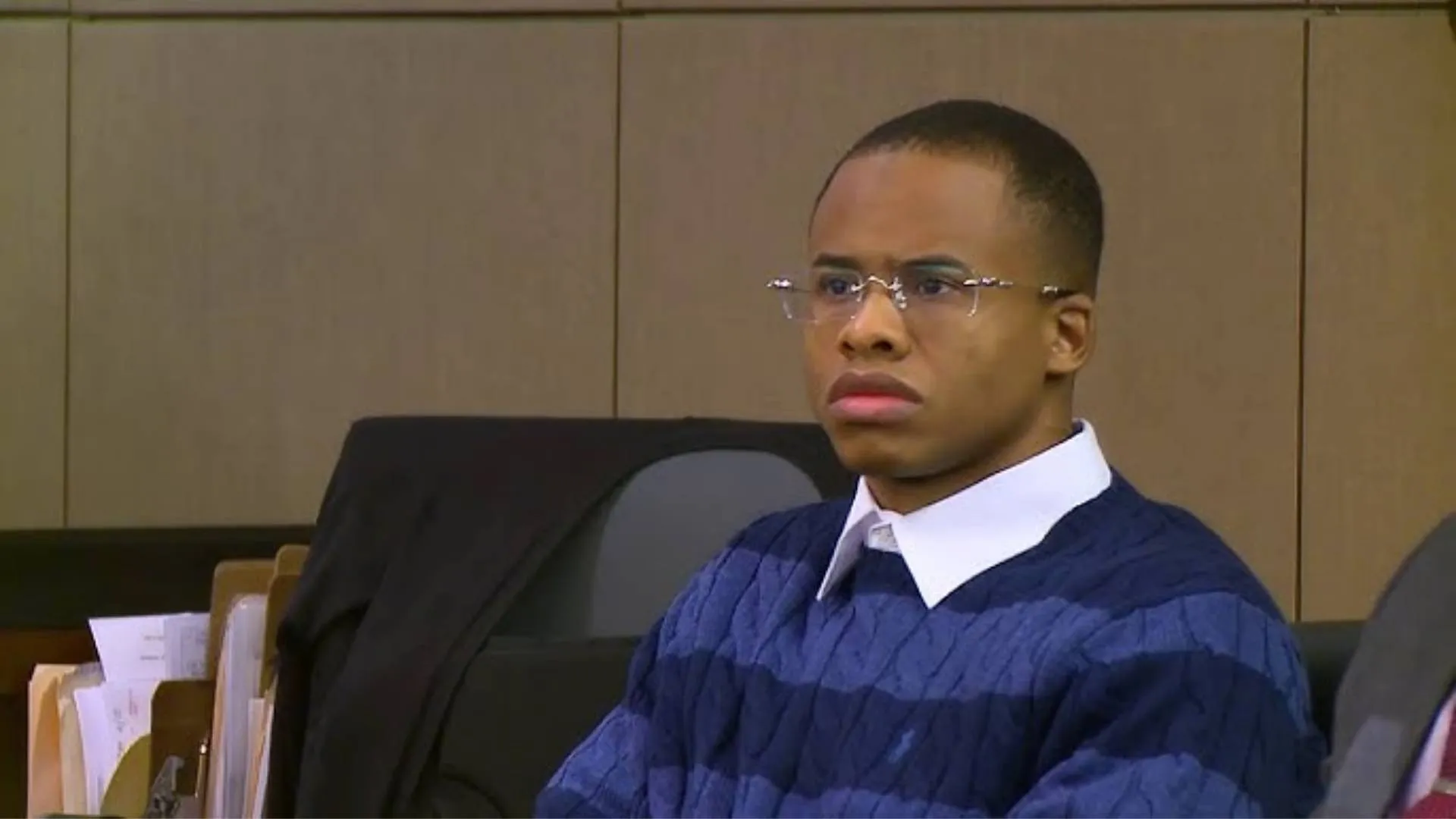On Sunday, a powerful earthquake struck Cuba, with a preliminary magnitude of 6.8, shook the island’s eastern regions that have been reeling from weeks of hurricanes and ongoing blackouts. The tremor was felt throughout several cities, leaving residents shaken, although preliminary reports indicate no serious injuries or generalized damage.
Epicenter and Impact
The U.S. Geological Survey reported that the epicenter of this earthquake is placed within some 40 kilometers south of Bartolome Maso, Cuba. Shaking also took place in large cities on the eastern side of the island like Santiago de Cuba, Holguin, and Guantanamo. Local media reported that the trembling reached the neighboring island of Jamaica.
There were no major reported infrastructural damage nor casualties despite the intense shuddering that occurred. But the residents of the second largest city on the island, Santiago de Cuba, were reported to be out of sorts. “You had to see how everything was moving, the walls, everything”, said 76-year-old local, Yolanda Tabío in an interview to The Associated Press.
Aftershocks and Minor Damage
In Santiago, the earth was shaking, and in many places, most people spilled out into the streets immediately after the quake, many sitting nervously in doorways. Her father anxiously went from window to window, Tabío said she experienced at least two aftershocks from the main quake. “Among friends and family, I haven’t heard of any damages,” she said, though local reports from the town of Pilon indicated minor damage, including photos of crumbling roofs and cracks in building walls.
It is not rare in Cuba because most the buildings are old and have to be repaired. Residents posted images on social media showing the aftermath in Pilon, highlighting the vulnerability of the island’s infrastructure.
Fighting Multiple Disasters
The quake struck a particularly trying time for Cuba, which is yet to recover fully from the impact of Hurricane Rafael, which hit the island just days ago. On Wednesday, Rafael, a Category 3 hurricane, caused havoc, knocked out electricity all over the island, leaving hundreds of homes damaged, and forcing the evacuation of thousands of residents.
Still in Power Crisis
The island has had severe energy shortages even before the hurricane; massive blackouts affecting residents for days. Fragility has been a source of frustration and unrest over the power grid. Many are powerless in Cuba, and the country’s energy crunch has remained a fuel in various cities’ protests where citizens demand something be done.
In October, Cuba was hit by another powerful hurricane that battered the eastern edge of the island, killing at least six people and decimating its trajectory. The last few months had been a bit of a challenge for Cuba as hurricanes and power outages have made day-to-day living a daunting task for most people.
Protests and Dissatisfaction
Ongoing blackouts and the destruction wrought by the recent hurricanes have resurfaced discontent among the population. Every day, small riots break out across the island as Cubans cope with lack of power and government responses to this crisis.
ALSO READ: Inside Mar-a-Lago: The ‘Winter White House’ As Trump Assembles His 2024 Administration























